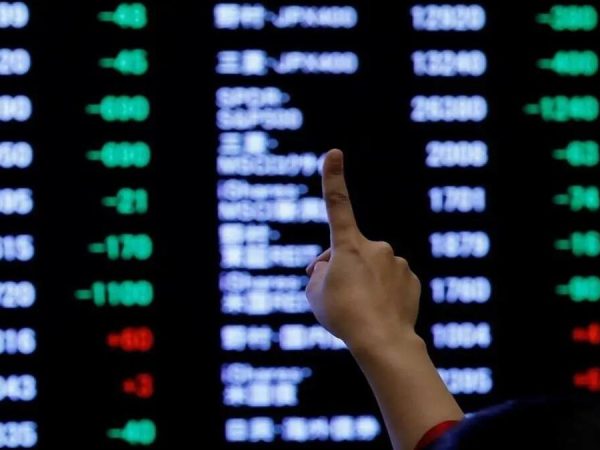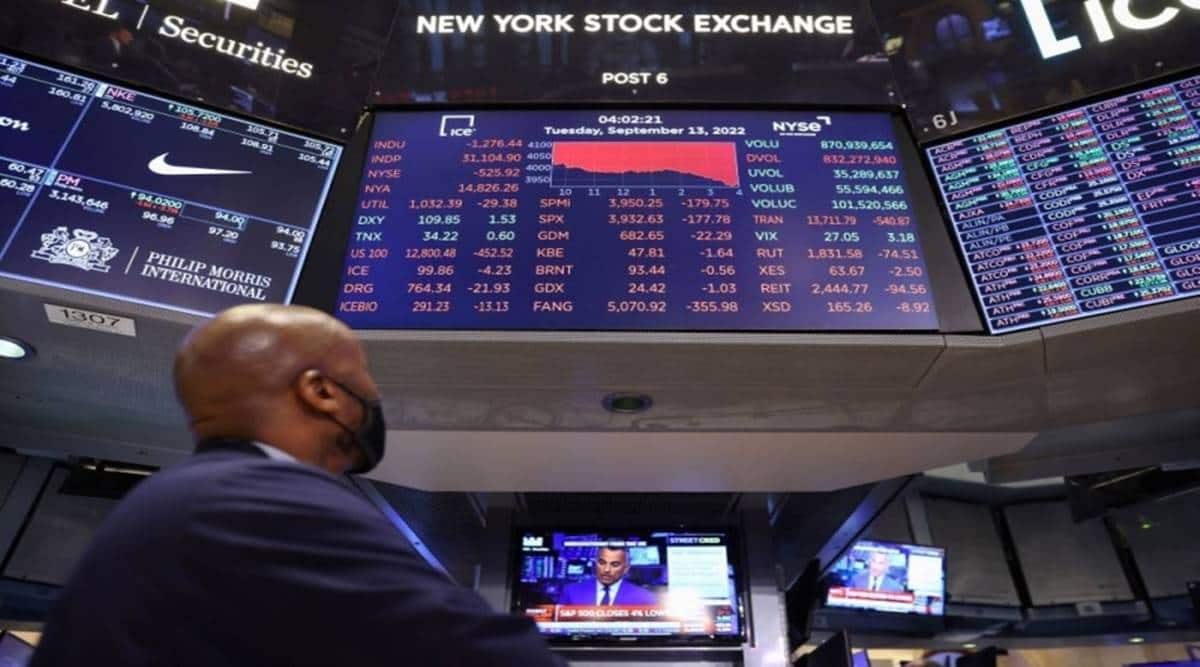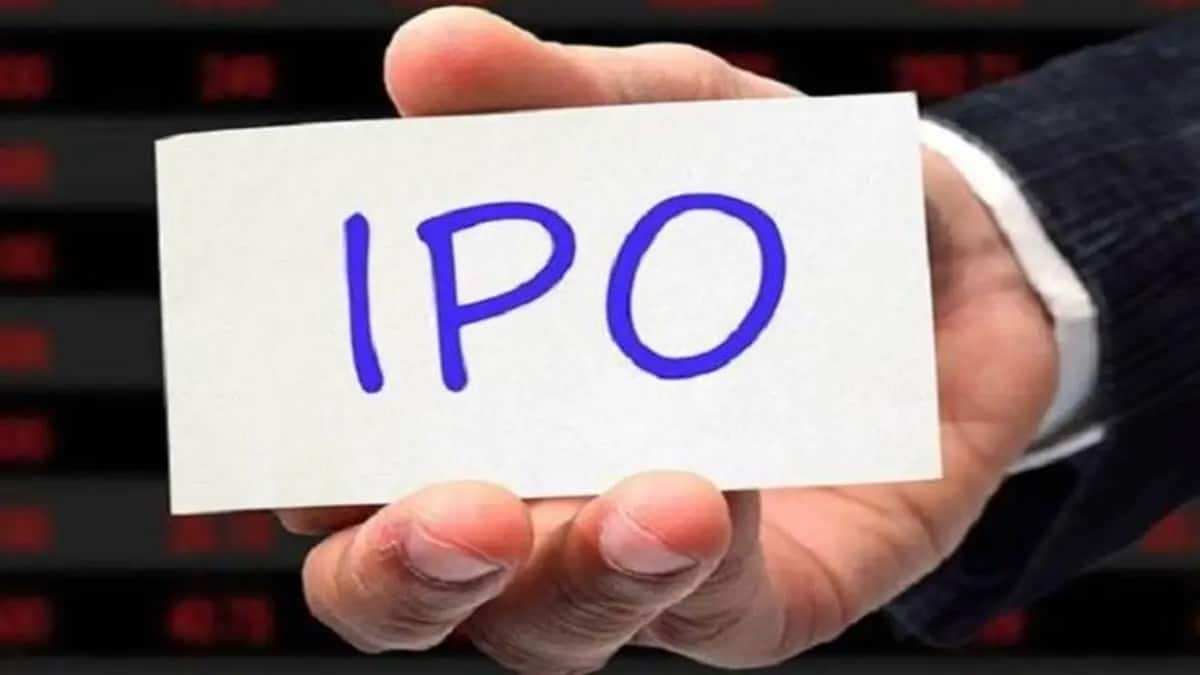The Securities and Exchange Board of India (Sebi) has brought in a slew of important changes, including disclosure of key performance indicators (KPIs) in public issues, in its board meeting held on Friday. Other mandates include allowing pre-filing of IPOs, inclusion of units of mutual fund units under insider trading regulations, framework to facilitate online bond platform providers, flexibility in approval process for appointment and removal of independent directors and monitoring of QIP and preferential issue proceeds.
Issuers coming out with IPOs will have to make disclosure of KPIs and price per share of issuer based on past transactions and past fund raising done by the issuer from the investors under ‘Basis for Issue Price’ section of the offer document, and in Price Band Advertisement.
Also Read: Sterlite Power postpones IPO plans on current market volatility
Issuer shall disclose details of pricing of shares based on past transactions and past fundraising from investors based on secondary sale or acquisition of shares during the 18 months period prior to IPO. In case there are no such transactions, information shall be disclosed for price per share of issuer company based on last five primary or secondary transactions, not older than three years prior to IPO.
“The regulator had for several months increased the questioning on pricing of issues and the details of previous issues, including KPIs. They have now made this disclosure mandatory, including for secondary transfers. Some of this may not be known to the issuer, however, will now have to be provided,” said Yash Ashar, partner, head – Capital Markets, Cyril Amarchand Mangaldas.
The Board has given IPO issuers the option to pre-file offer documents. The pre-filing mechanism will allow issuers to carry out limited interaction with without having to make any sensitive information public. Further, the document which incorporates Sebi’s initial observations would be available to investors for a period of at least 21 days
“The pre-filing of offer documents is a well-established procedure in several mature international jurisdictions, aimed at preserving confidentiality of nuanced business and financial information from competitors until an issuer is certain of a launch. This will go a long way in preventing price speculation which currently happens before an IPO,” said Arka Mookerjee, partner, JSA.
The Board has decided to bring mutual fund units under the Sebi (Prohibition of Insider Trading) Regulations, 2015.
“Ambiguity in rules and given that mutual funds are a large asset class, this ambiguity has to go. Since they are different from listed entities, we have chosen to have a new chapter on this so that all processes are clearly defined,” said Buch.
On being asked about the recent SC rulings that went against Sebi in insider trading matters, Buch said the regulator was reviewing its processes and that legislative changes will need to be looked at.
She further said that the norms on ultimate beneficial owners for FPIs had to looked at from a global perspective and in conjunction with exisiting PMLA norms.
On July 8, Sebi had issued a consultation paper with a proposal to include mutual fund units under the purview of insider trading regulations. The regulator doesn’t want those aware of unpublished price-sensitive information to unfairly exit a scheme.
The regulator, in its proposals, has cited the example of a few key personnel of a fund house that were found to have redeemed their holdings in the schemes ahead of an adverse liquidity event while in possession of certain sensitive information that was not communicated to the unit holders of the schemes.
The regulator has made the appointment or removal of independent directors flexible. Currently, this is done through a special resolution. Under the new norms, in case the special resolution for appointment of an independent director does not get the requisite majority, then two other thresholds – ordinary resolution and majority of minority shareholders – would be tested. If the resolution crosses the above two thresholds, in the same voting process, then such a resolution for appointment of the ID would be deemed to be approved by shareholders
The regulator has relaxed certain provisions in the takeover regulations for disinvestments of public sector undertakings (PSUs). This is usually a long-drawn out process and information relating to the same comes in public domain through government decisions and statements made from time to time.
“Considering the unique nature of transaction and process involved in a PSU disinvestment spanning over a long period, such a requirement of determination of open offer price under the takeover regulations many a time, acts as an impediment in fructifying such strategic disinvestment of PSUs. The Board, therefore, approved the proposal to dispense with requirement of calculating 60 days’ VWAMP for determination of open offer price in case of disinvestment of PSU Companies, wherein it results in its change in control, either by way of direct acquisition or indirect acquisition,” the note put out by the regulator said.
The Board allowed net settlement of the cash and F&O segments upon expiry of stock derivatives to facilitate efficient settlement.
“The earlier sequential settlement required investors to bring commitment separately for each transaction. The two were not netted. Any entities which are not mandated to take physical delivery would be now permitted to do net settlement. The cash required for trades can come down significantly,” said Buch.
The regulator has approved monitoring utilisation of issue proceeds raised through preferential issue and qualified institutions placement (QIP) issue.
Online bond platform providers will now have to register with the Sebi as stock brokers under the debt segment of the stock exchanges.
The Board will prescribe a timeline for declaring first close of a scheme of an alternative investment fund, along with the minimum corpus at which the first close may be declared.











Recent Comments